1500W Solar Generator
Whaylan off Grid Solar Power System Solar Panel System Home 1500W 1.5KW Solar Panel 60W 150W 200W Solar Energy System Portable Solar Generator
1500W Solar Generator,off Grid Home Solar Energy System ,All in One Portable Solar Powered Generator suzhou whaylan new energy technology co., ltd , https://www.xinlingvideo.com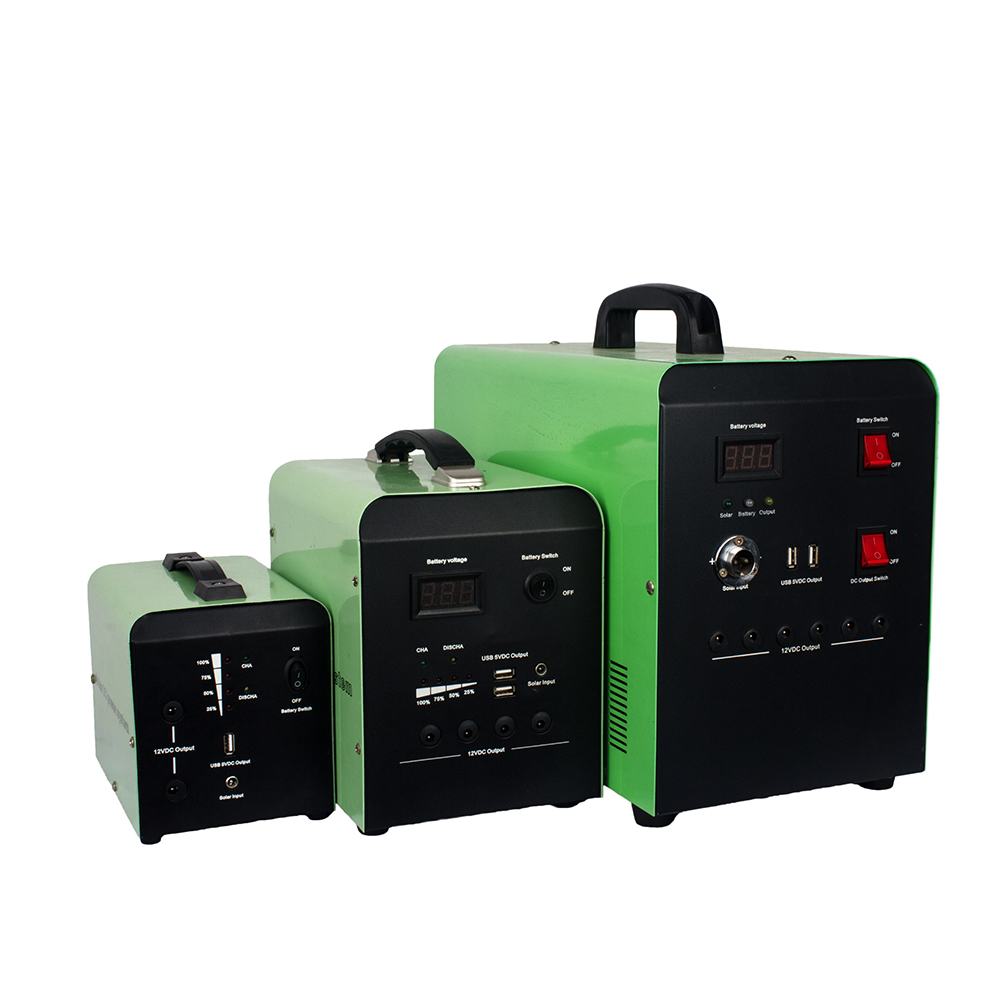
PCB board common problem detection and solution
Making a PCB board is far more than just drilling holes and placing components. While the manufacturing process itself isn't overly complex, the real challenge often comes after production—debugging. Whether you're an electronics hobbyist or a professional engineer, encountering issues during testing can be frustrating, much like a programmer dealing with a bug.
Many people find debugging PCBs intriguing, as it's similar to solving a puzzle. Common problems include design flaws, damaged components, short circuits, and poor soldering. These issues are not uncommon, and they can make even a simple circuit board difficult to troubleshoot.
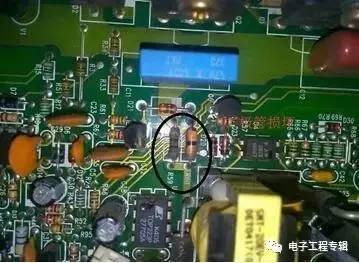
*Damaged diode ring resistor*
Most common PCB failures involve components such as capacitors, resistors, inductors, diodes, transistors, FETs, and integrated circuits. If a component is visibly damaged—like burned or cracked—it’s usually easy to spot. In such cases, replacing the faulty part is often the solution.
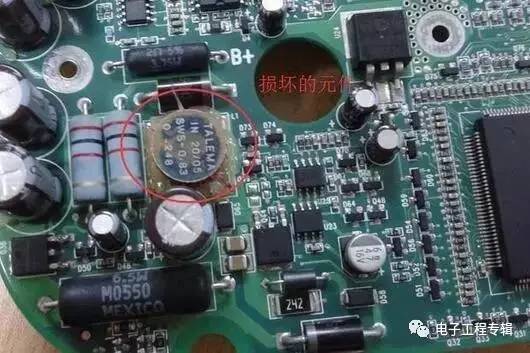
*Is this component really damaged?*
However, not all damage is visible. Resistors, capacitors, and transistors may look fine on the surface but still be faulty. In these situations, tools like multimeters or capacitance testers are essential. If a component shows abnormal voltage or current readings, it’s likely defective and should be replaced for testing.
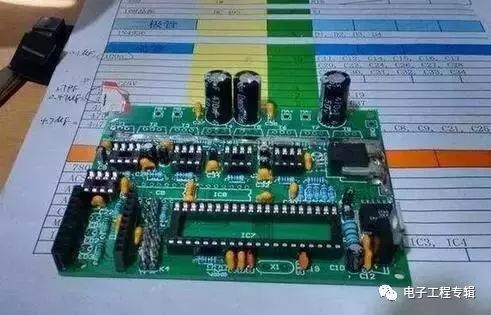
*Board appears undamaged but doesn’t work*
Sometimes, even after a thorough inspection, no obvious faults are found. The board might not function properly, leaving you puzzled. This is a common issue for beginners. They might end up rebuilding the board or buying a new one, but the problem often lies in component placement or compatibility.

*Faulty loop division*
In such cases, instruments may not provide clear answers. Engineers often rely on experience to narrow down the fault area by checking voltages and currents. However, identifying the exact faulty component can still be challenging. I once repaired a flooded laptop motherboard and had to replace several components—power chip, diode, and USB port—before finally discovering a shorted chip near the south bridge through a wave test.
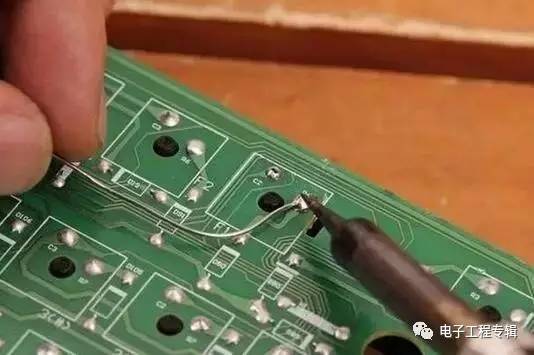
*Flying line on PCB*
Besides component issues, the PCB itself can have faults. For example, copper traces may break due to corrosion or manufacturing defects. If the trace is broken, you might need to use a thin copper wire to repair it.
PCB troubleshooting can be quite challenging and time-consuming. It requires patience and attention to detail. But when you finally fix the issue, there's a great sense of satisfaction—similar to a programmer who successfully solves a bug. That’s the joy of working with electronics.